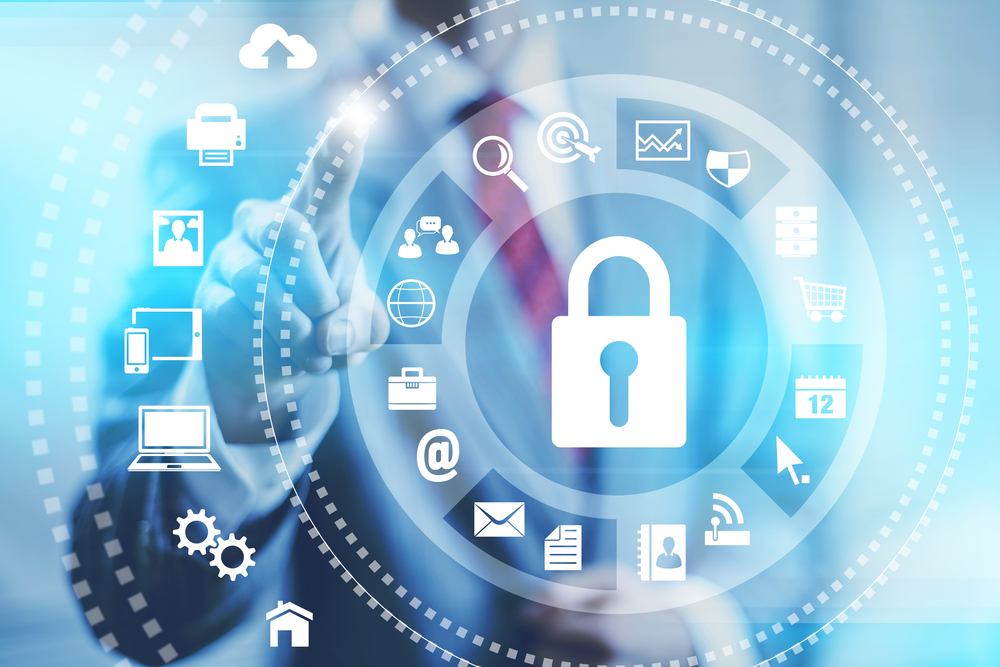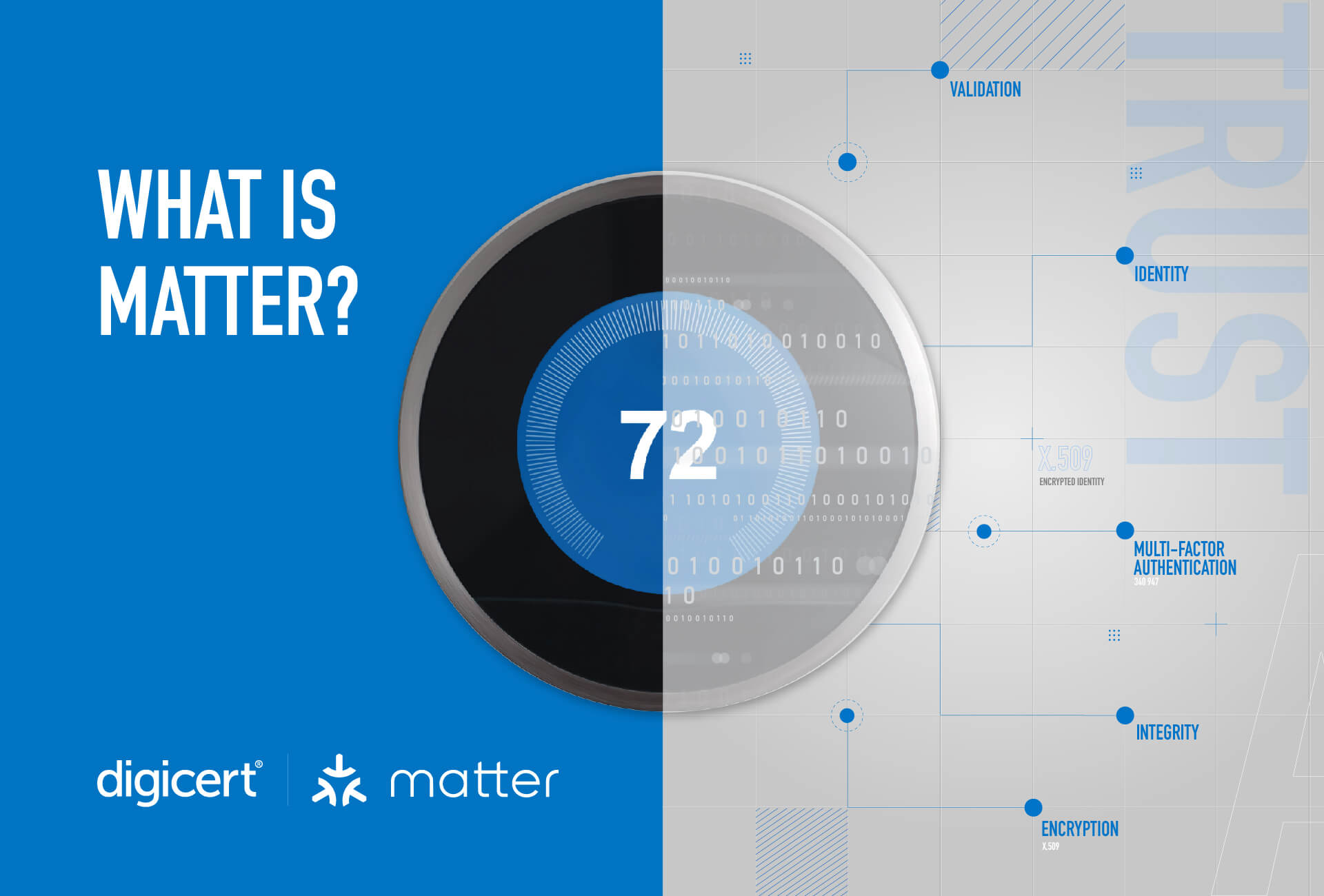Cybersicherheit in der Neuen Normalität: COVID-19 und Seine Permanenten Folgen

Seit mehr als einem Jahr sorgt COVID-19 für verwaiste Büroflure und erzwingt Innovationen bei der Arbeitsgestaltung. Einige der pandemiebedingten Veränderungen werden uns wahrscheinlich auch in Zukunft begleiten. Viele Unternehmen und Organisationen arrangieren sich mit der neuen Normalität, deshalb ist es nun an der Zeit, die Cybersicherheit dahin mitzunehmen.
Hoffentlich haben wir etwas aus dem Homeoffice-Schnellschuss – und dem daraus entstehenden Chaos – gelernt und sind jetzt besser darauf vorbereitet, an den früheren Arbeitsplatz zurückzukehren und/oder dauerhaft Telearbeit zu betreiben. Dies betrifft auch Schulen und Hochschulen, die derzeit wieder zurück in den Wechsel- und Präsenzunterricht wechseln.
Pandemiebedingter Fokus auf Cybersicherheit
Laut einer Fudo Security-Befragung von Cybersicherheitsleitern der unterschiedlichsten Unternehmen in den USA, Europa, Asien, Nahost und Afrika geben 42 % der CISOs an, dass sich ihre Strategien mit der Pandemie geändert haben. Das liegt zum Teil an einer Zunahme der Angriffe im Jahr 2020 und der Tatsache, dass Angreifer das Coronavirus als Aufhänger für ihre Betrügereien nutzen. Während der Pandemie verzeichnete das FBI einen Anstieg von 400 % bei Cybersicherheitsmeldungen. Zudem wurden von Februar bis Mai 2020 die personenbezogenen Daten von mehr als einer halben Million Videokonferenzbenutzern gestohlen und im Dark Web zum Kauf angeboten.
Durch das Anlaufen der nationalen Impfkampagne begann die Situation zwar, sich zu entschärfen, doch das Ringen um Sicherheit im virtuellen Raum ist noch längst nicht entschieden. Probleme aus der Telearbeit werden uns leider weiter begleiten, auch wenn in den Unternehmen vermehrt an den Arbeitsplatz zurückgekehrt wird. Um die Gefahren der virtuellen Welt aufzuzeigen, sind nachfolgend die Probleme aufgeführt, für die Unternehmen am ehesten eine Lösung finden müssen.
Cybersicherheitsprobleme im Homeoffice
Laut Statista arbeiteten 17 % der Arbeitnehmer in den USA vor der Pandemie an fünf Tagen die Woche von daheim. Nach Ausbruch der Pandemie stieg ihre Anzahl auf 44 % und viele aus dieser Gruppe möchten auch in der neuen Normalität im Homeoffice bleiben. Aus einer anderen Umfrage geht hervor, dass 43 % der befragten Vollzeitangestellten auch nach dem Ende der Pandemie nicht direkt im Unternehmen arbeiten möchten.
Telearbeit hat ihre Vorteile, zum Beispiel geringere Kosten für Unternehmen, doch ihre rasante Zunahme brachte auch beunruhigende IT-Sicherheitsprobleme mit sich. Hier sind einige Beispiele:
- Wechsel in die Cloud. Since the pandemic, remote access solutions are preferred, and organizations are gradually moving critical business processes to the cloud. However, increasingly relying on the cloud and creating agility in the cloud could create more vulnerabilities if not properly secured. Microsoft found that 39% of companies are prioritizing cloud security investments >/a> over data and information security or even network security. PKI can help secure the cloud and provide strong authentication and operational integrity at scale.
- Email phishing. Email phishing during the pandemic skyrocketed. There is an increased priority to train workers and prepare them to recognize and know how to deal with threats since the pandemic and to develop best practices for secure email access.
- Varying remote devices. Mobile devices need their own unique security protection. But 52% of organizations find it challenging to protect mobile devices from cybersecurity issues. A critical first step to resolving this is to deploy an effective mobile device management (MDM) policy.
- No office-based cybersecurity. Your company is more vulnerable when your staff can’t use office IT security measures, like firewalls. Fortunately, with tools like DigiCert’s Trust Lifecycle Manager, you can boost security and provide remote workers with secure VPN access.
- Protecting passwords. Employees should be trained on password policy best practices and your organization should implement multi-factor authentication. Additionally, with staff working from home, they may be tempted to share work passwords with friends or family to help them with certain work tasks. Obviously, this is a security issue, and needs addressing with proper training for all staff.
In addition to these security issues, there’s also the matter of what awaits your staff when they return to the office.
Back-to-the-office cybersecurity challenges
Looking forward, organizations will inevitably deploy a hybrid of work-from-home and in-the-office schedules for their staff. Unfortunately, a return to office life will present its own unique cybersecurity issues. As a recent example, many hackers are distributing malicious files and phishing attempts made to look like COVID-19 training documents.
The good news is, when you use tools like Secure Email (S/MIME) as part of DigiCert’s Trust Lifecycle Manager, you can boost email security and enjoy features such as proof of authorship and authentication of sender.
With cybersecurity threats facing both remote workers and those returning to the office, it's essential to level-up your IT security.
Why take chances with cyberattacks?
The transition to remote working has been a difficult obstacle for many companies to navigate. It's challenging enough to maintain operations and productivity while working from home, never mind ensure complete remote cybersecurity. However, as security issues (such as phishing scams) increase, so too must your organization's security and resilience.
If you’d like to learn more about how DigiCert could your help your organization protect itself, reach out today for a chat with one of our team members.
Im Blickpunkt





